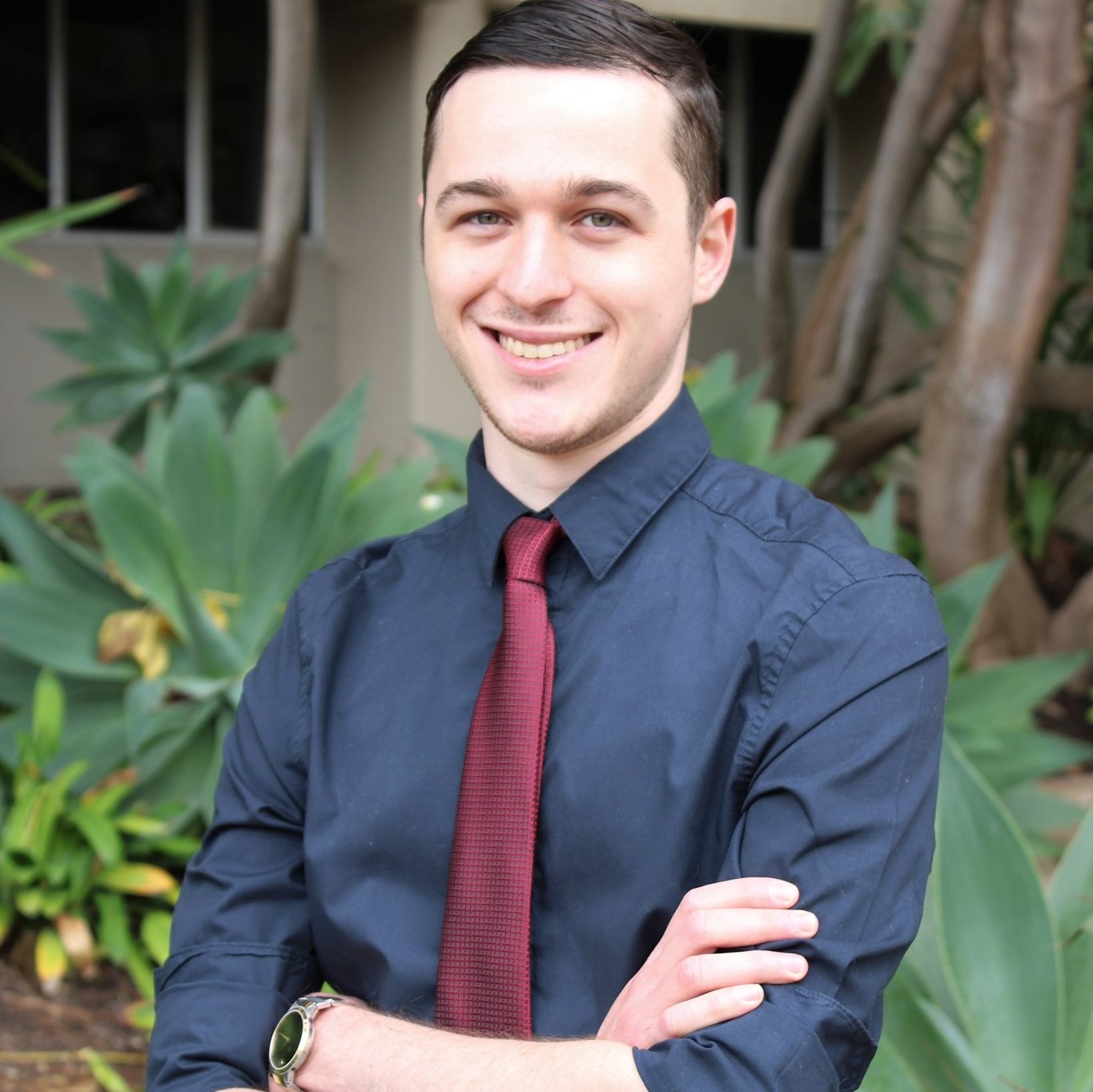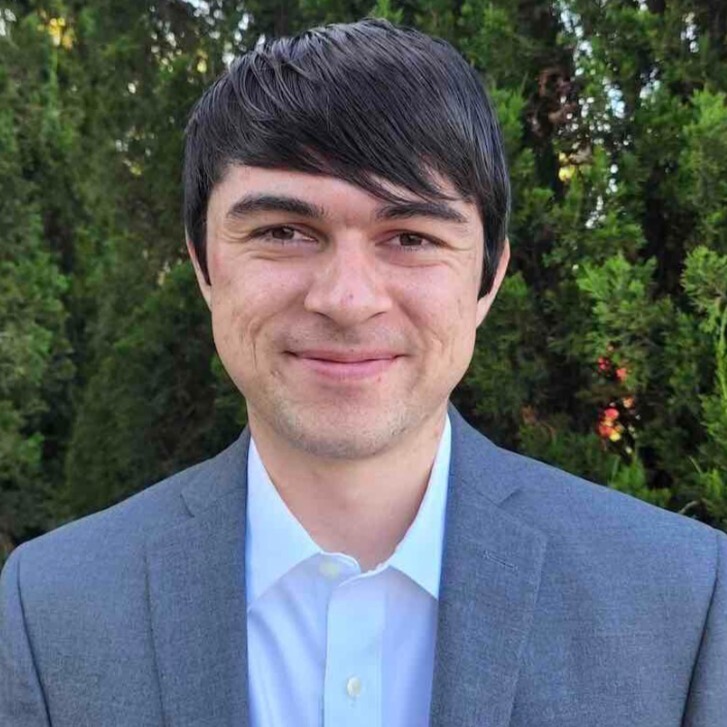Meet PolyGPT, our AI-powered Project Idea Generator
Tell PolyGPT your favorite subject and a few hobbies you're passionate about to generate personalized project ideas.
Log in to explore PolyGPTExplore project ideas with the help of PolyGPT
See your personalized project ideas come to life with PolyGPT! Log in to brainstorm ideas.

We know the jump from your interests to a research project idea can be tricky.
That's why we've built tools to help you find the perfect project idea to lay the foundation of a successful project. Simply copy your favorite idea to your clip board, and paste it in the project idea section of the application.

Browse project ideas by Polygence mentors
"The Science of Sleep and Learning: How Rest Affects Your Brain's Ability to Remember"
In this project, you will explore the connection between sleep and memory consolidation by reviewing current research on how our brains process and store information during different sleep stages. You'll investigate questions like: Why do we sometimes wake up with solutions to problems we couldn't solve the day before? How does sleep deprivation affect academic performance? You have the option to design a simple study tracking sleep patterns and memory performance using apps or sleep journals, comparing how well participants remember information after good versus poor sleep. This project combines neuroscience, psychology, and practical applications that directly relate to student life—perfect for understanding why that all-nighter before an exam might not be the best strategy.
Psychiatry, Neuroscience, Psychology

Discover if Humans are Rational!
Economists have documented hundreds of ways in which humans behave irrationally—loss aversion, overconfidence, anchoring, fairness bias, and more. Yet in everyday life, these biases are often invisible to us because they feel normal. In this project, you will design a brief, digital economic game in which players make decisions involving money, points, or resources. The game should be structured so that a “rational” choice is clear, but most players predictably choose otherwise. Examples of behaviors/biases you might choose to target include loss aversion, fairness and punishment, or overconfidence. You will then get an opportunity to distribute this economic game to those in your network and see the results for yourself!
Economics, Social, Psychology

Compare/Contrast Emotions or Behaviors Across Cultures and Visualize the Results!
Is love universal? What about jealousy? Do all cultures have marriage? Do all cultures have art? Anthropologists have written thousands of first-hand accounts ("ethnographies") of the cultures they have lived or immersed themselves in. I will help you compare and contrast accounts of an emotion or behavior of your choice across cultures to help you uncover whether that emotion or behavior reflects a core feature of human nature or a culturally learned phenomenon. At the end, I will help you create a scientific poster summarizing your results and visualizing points of overlap and non-overlap.
Economics, Social, Psychology

Design a Study of your Choice and Present the Results!
YOU get to come up with your own research question and design a study of your choice. Learn all the basics of the scientific process, including formulating a question, generating a hypothesis, designing and implementing a study, and understanding the results. I will guide you throughout every step of the process including providing you with assistance in analyzing and interpreting your findings. At the end of your project, you will get a chance to create a presentation or other medium showcasing both what you did and what you found.
Economics, Social, Psychology

How Can Physical Spaces Support Peacebuilding and Reconciliation?
Peacebuilding is often discussed in political or diplomatic terms, but physical spaces, such as memorials, shared public spaces, schools, or community centers, can also play an important role in healing, dialogue, and reconciliation after conflict. This project would explore how the design and use of physical spaces contribute to peacebuilding efforts. A student could study 1–2 examples of peacebuilding spaces (such as memorials, truth and reconciliation sites, or shared public spaces in post-conflict regions) using photographs, maps, historical context, and secondary sources. The research might examine how design elements, such as openness, symbolism, accessibility, or programming, encourage reflection, dialogue, or shared memory. Possible research questions include: How do spaces help communities process collective trauma? What design choices promote inclusion versus division? How do different cultural contexts approach peacebuilding through space? The final project could take the form of a short research paper or visual presentation that combines written analysis with images or diagrams. This project is intentionally scoped to be manageable for students new to research while introducing them to interdisciplinary thinking across design, history, and social science.
Psychology

How Do Political Systems Influence the Design of Civic Buildings?
Architecture is not neutral. Government buildings, such as city halls, courthouses, schools, or legislative buildings, often reflect the political values and power structures of the systems that created them. This project would explore how political systems influence architectural design and how buildings communicate ideas like authority, transparency, or control. A student could select 2–3 civic buildings from one country or compare buildings from different political contexts (for example, democratic vs. authoritarian systems). Using photographs, floor plans, historical sources, and secondary research, the student would analyze design elements such as scale, accessibility, materials, symbolism, and public/private boundaries. Research questions might include: How does architecture express power or legitimacy? What design choices encourage public participation or, alternatively, distance and control? How do historical or political moments shape the way civic buildings are designed? The final outcome could be a short research paper or visual presentation combining written analysis with annotated images or diagrams. This project is intentionally scoped to be achievable for a student new to research while introducing them to critical thinking about politics, space, and the built environment.
Psychology

How Does Geography Shape the Language We Use in Everyday Life?
Language is deeply connected to place. This project would explore how geography, such as neighborhoods, regions, migration patterns, or borders, influences the way people speak, the languages they use, and the meanings attached to certain words or expressions. A student could focus on one geographic area (for example, their city, a border region, or a multilingual neighborhood) and examine how language use varies across spaces. Research methods might include observing language use in public places, analyzing signage and advertisements, reviewing census or demographic data, and reading existing research on language, migration, and place. Possible questions could include: How does language change across neighborhoods? How do geography and migration influence which languages are visible or valued in public spaces? How does language signal belonging, identity, or exclusion in different places? The final project could take the form of a short research paper, map-based analysis, or visual presentation that combines written reflection with images, diagrams, or simple maps. This project is well-scoped for a student new to research and encourages them to connect everyday experiences with broader cultural and geographic patterns.
Psychology

Classification of Eye Diseases in Fundus Imaging using a Multitask Vision Transformer
Many eye diseases can manifest with different abnormalities in Fundus imaging, a type of imaging that images the rear region of the eye (the fundus). Creating an automated method of classifying these diseases from a large dataset of fungus images would benefit physicians by reducing workload and automating current clinical software. This could be achieved by curating a dataset of various fundus images representing common eye diseases, and training a multitask vision transformer to both segment regions of diseased regions of the eye, and to classify the overall image as either a healthy or diseased eye. I've worked with a few types of eye imaging, as well as CT imaging for chest, MRI, DTI, and fluoroscopy for brain. This project is an example of the type of software development that I'm familiar with: automating a component of physician workload via a deep learning model (CNN or transformer based). Undertaking this type of project would have you learning coding skills (Python programming language), how to curate, organize, and maintain a dataset of medical images, communicate results with potential users of your software, and practice writing and presenting your research findings. The end goal of this project is usually either a poster or paper publication in a scientific journal.
AI/ML, Healthcare

Understanding Markets Through Crypto: Research, Risk, and Public Explanation
This project uses cryptocurrency and digital asset markets as a case study for understanding how financial markets function. Students will examine how crypto markets are structured, how prices are formed, and how information, speculation, regulation, and technology influence market behavior. The focus is not on trading or explaining how to get rich, but on analyzing crypto as an economic system shaped by incentives, policy choices, and human behavior. Students will research topics such as market volatility, investor psychology, regulation, and the differences between traditional financial markets and decentralized systems. Alongside research, students will learn how to translate complex economic and technical ideas into clear explanations for a general audience. A key component of the project is communication. Students will develop short podcast episodes or video explainers that break down their research in an accessible, responsible way, learning how to combine evidence, storytelling, and clarity.
Economics

Global Supply Chains, Trade Policy, and the Economics of Technology
This project explores how global supply chains and international trade policies shape access to technology, energy, and essential goods. Students will examine how countries interact through trade agreements, tariffs, and industrial policy, and how these decisions influence innovation, economic growth, and inequality across regions. Using real world examples such as semiconductors, critical minerals, or clean energy technologies, students will analyze how economics, policy, and engineering constraints intersect at a global scale. Students will work with economic data, trade reports, and policy documents to understand concepts such as comparative advantage, supply chain resilience, and market concentration. The project emphasizes analytical thinking and quantitative reasoning, helping students learn how economic models and data are used to inform policy decisions in science and technology driven sectors.
Economics
